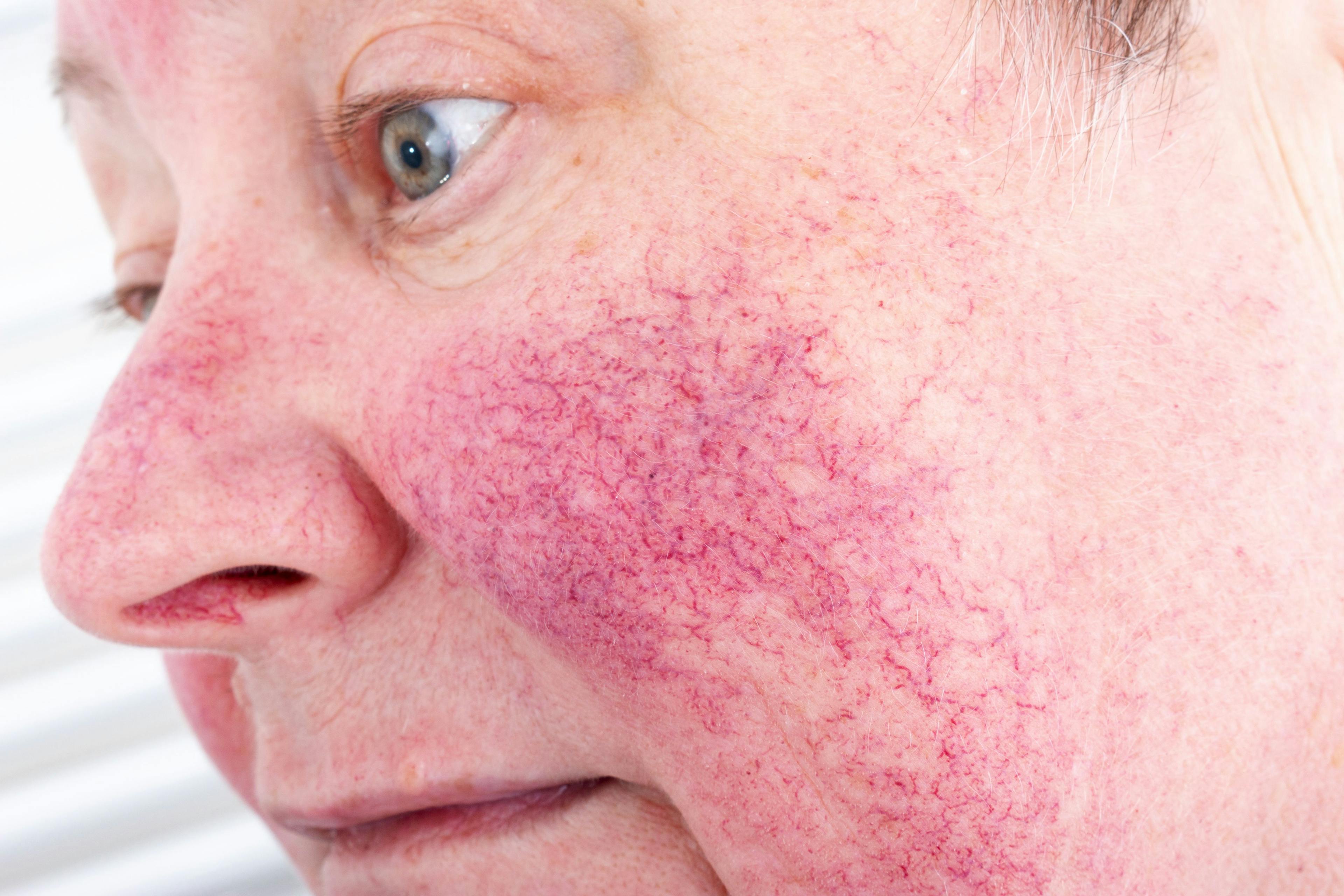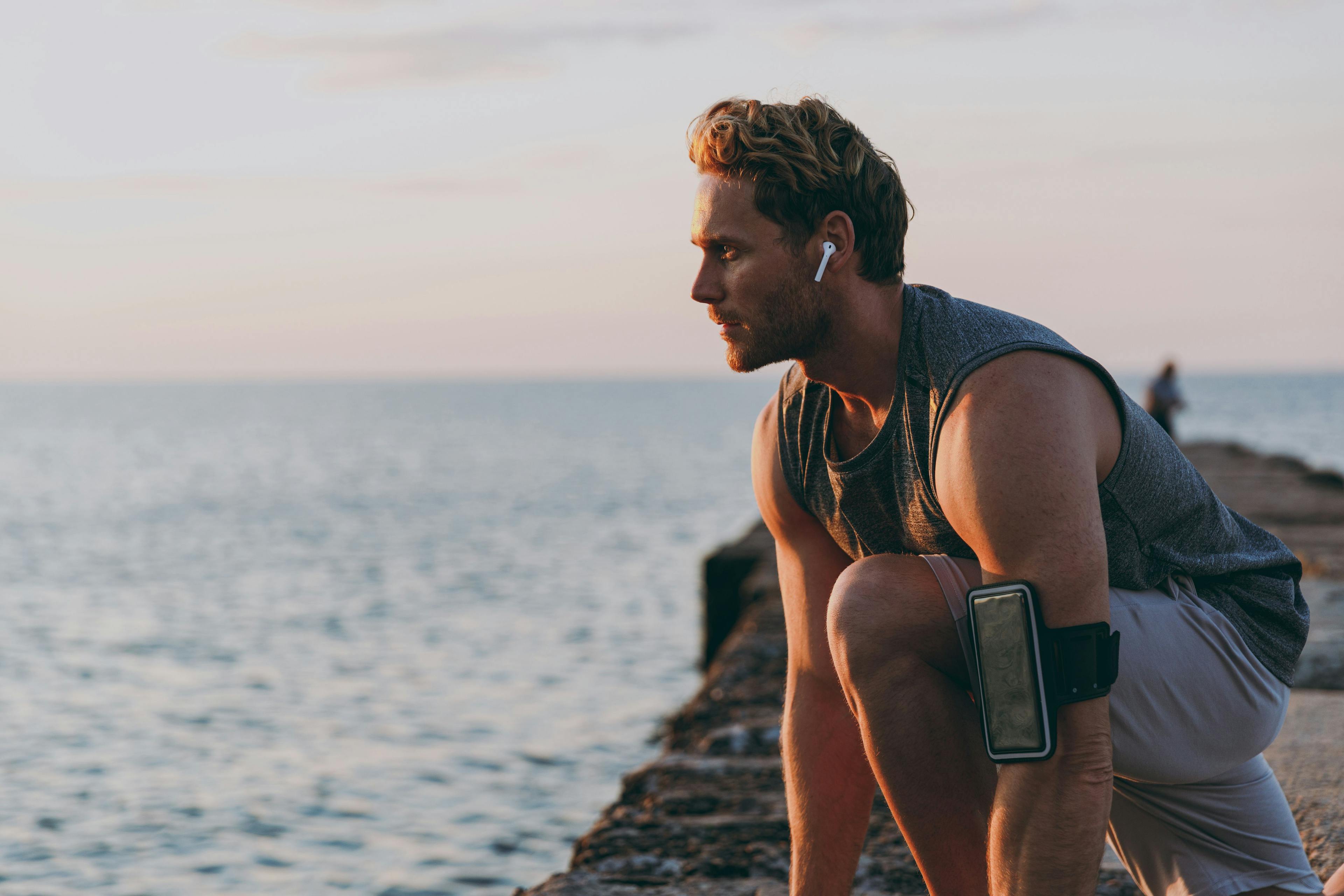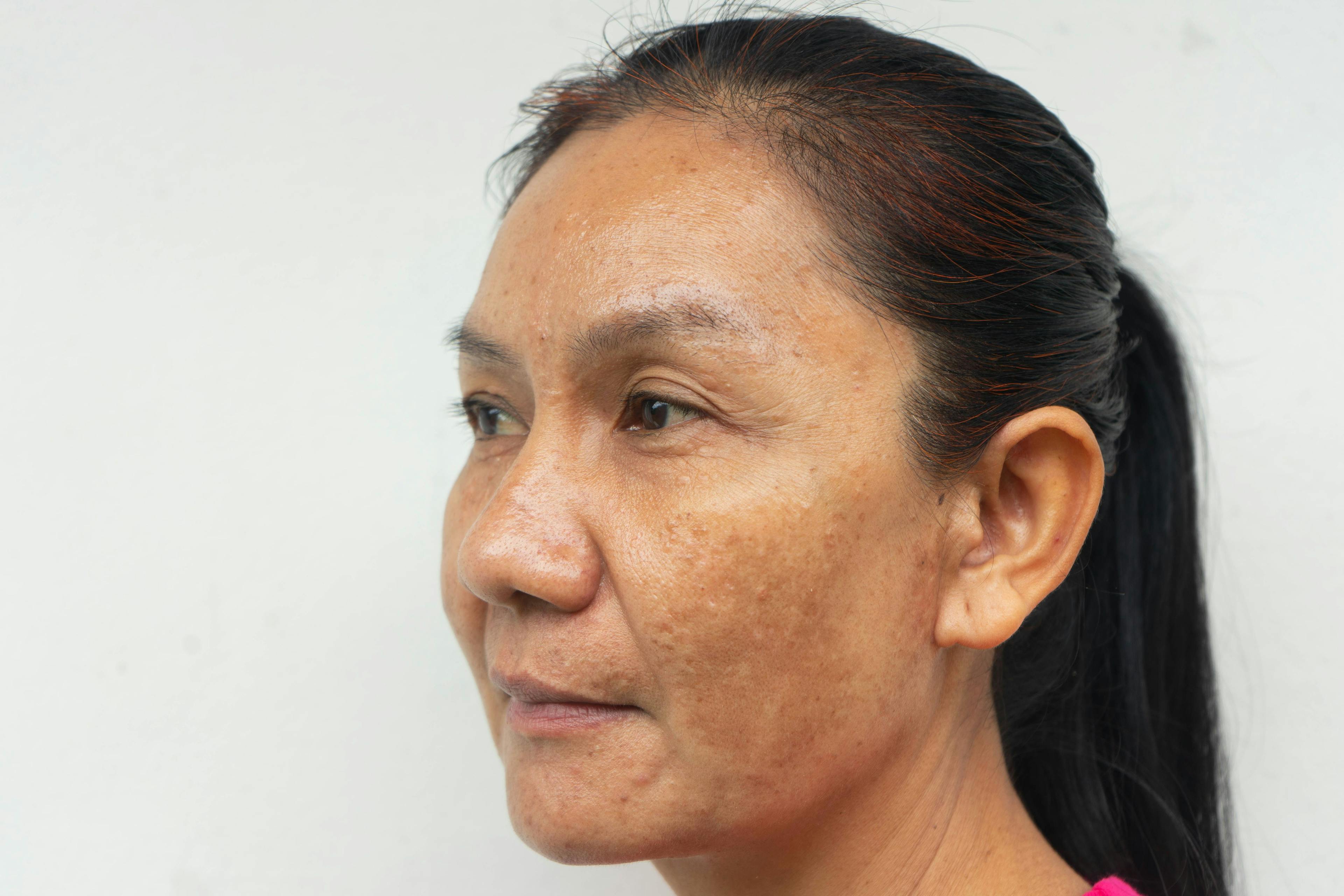- Acne
- Actinic Keratosis
- Aesthetics
- Alopecia
- Atopic Dermatitis
- Buy-and-Bill
- COVID-19
- Case-Based Roundtable
- Chronic Hand Eczema
- Chronic Spontaneous Urticaria
- Drug Watch
- Eczema
- General Dermatology
- Hidradenitis Suppurativa
- Melasma
- NP and PA
- Pediatric Dermatology
- Pigmentary Disorders
- Practice Management
- Precision Medicine and Biologics
- Prurigo Nodularis
- Psoriasis
- Psoriatic Arthritis
- Rare Disease
- Rosacea
- Skin Cancer
- Vitiligo
- Wound Care
Publication
Article
Dermatology Times
Muscle Toning and Strength
Author(s):
Toning and strength technologies work, according to investigators, but many in cosmetic medicine question the procedures' efficacy in their field.
A panel of dermatologists experienced in muscle toning and strength technologies shared their knowledge at the Controversies and Conversations in Laser and Cosmetic Surgery Virtual Meeting 2021, which featured a range of hot topics discussed by more than 50 experts.1
Bioelectrical stimulation isn’t new. In ancient times, Egyptians and Romans managed pain using electrical charges from fish. Russians employed direct electrical stimulation to prevent muscle wasting under zero gravy in their 1960s space program. The technology was modified in 2018 for aesthetic use with high-intensity focused electromagnetic technology, or HIFEM (Emsculpt; BTL), according to panel member Anne M. Chapas, MD, dermatologist and medical director at Union Square Laser Dermatology in New York, New York.
Today, these technologies also include magnetic muscle stimulation (CoolTone; Allergan Aesthetics), multidirectional stimulation (truSculpt Flex; Cutera), and bioelectric muscle activation (Accufit; Lutronic).
Chapas combed the literature before incorporating muscle toning and strength into her practice. “Most studies suggest we should only be treating people with 25 BMI [body mass index] or lower,” she said. “But there are studies that suggest this works on visceral fat.”
Although investigators tend to recommend using 4 treatments over 2 weeks, Chapas said the ideal treatment and follow-up regimens remain to be determined. HIFEM study results show longevity for a duration of 6 to 12 months. However, patient satisfaction scores on abdominal use vary from 54.8% in a study by Fabi et al using CoolTone to 92% at 12 weeks in a study by Jacob et al.2,3
Another consideration is that not everyone is a responder to muscle toning and strength treatment in the aesthetic practice, Chapas said. Anecdotally, she has reported positive outcomes in a wide range of patients, including those who are fit, have skin laxity, have BMIs over 25, and are 50 or older. “It gets harder to build muscle over the age of 50 and after menopause,” she said. “These are people that need more muscle mass to prevent injuries, to prevent falls, and to just maintain mobility.”
FORM AND FUNCTION
Technologies to tone and strengthen muscle can be used on the bi- ceps, abdomen, thighs, triceps, flanks, and buttocks, but not all devices are FDA approved to treat all areas, according to panelist Suzanne L. Kilmer, MD, clinical professor of dermatology at UC Davis Medical Center in Sacramento, California.
Study results suggest that treating patients with one of these technologies can reduce volumetric fat, improve aesthetics, and thicken muscle. She cited findings by Kinney et al, which show a simultaneous muscle and fat effect from HIFEM.4 At 2 months, the 22 patients studied had an average circumferential reduction of 3.6 cm, a fat reduction of 18.6%, a muscle mass increase of 15.4%, and a diastasis recti reduction of 10.4%.
But there is more, according to Kilmer: After treatment, patients sit up straighter, feel better, and improve in sports. “There have been so many unsolicited comments from my patients, my friends, myself, that support this,” Kilmer said. “Backs don’t hurt as much. Posture is better. They can hold a plank longer. They are much better at yoga and Pilates. They have stronger tennis serves.”
Panelist Leah Spring, DO, US Navy commander, of Naval Medical Center Portsmouth in Virginia, described a study that found that treating athletes after anterior cruciate ligament (ACL) tear and reconstruction with exercise and neuromuscular electrical stimulation (NMES) strengthened quadriceps more than exercise alone.5
Another sports medicine study looked at 25 patients with acute ACL rupture who received NMES or a sham treatment.5 Investigators measured muscle fiber size and contractility. “The authors found that ACL tear and subsequent reconstruction reduced muscle fiber size and contractility across all fiber types by 26%, the most marked of which was in fast-twitch type II fibers,” Spring said. “[NMES not only] reduced muscle fiber atrophy through effects on fast-twitch type II fibers but also preserved contractility in slow-twitch type I fibers.”
Spring was the lead author of a study that investigated functional outcomes using a commercially available NMES device marketed for aesthetic improvement. Although treated participants’ waist circumference decreased and thigh circumference increased, Spring said she was most impressed by the improvements she saw in strength and endurance performance.6
For example, participants who received 4 NMES treatments using the strength protocol increased the time they could hold a single-leg wall sit 25% at 2 weeks and 119% at 4 weeks post treatment. Those given the endurance protocol increased performance by 50% at 2 weeks and 76% at 4 weeks post treatment. Treated participants also improved in static abdominal muscle endurance (a held abdominal crunch) and dynamic abdominal muscle endurance (standard crunches).
“We concluded that four 45-minute treatments with an NMES device led to significant improvement in abdominal and quadriceps strength and endurance. Results were sustained through 4 weeks post treatment. There was high patient satisfaction and no unanticipated adverse events,” Spring said.
COMBINING HIFEM WITH RADIOFREQUENCY
Historically, it was not safe to combine HIFEM and radiofrequency (RF) in 1 device, according to panelist David J. Goldberg, MD, JD, director of Skin Laser and Surgery Specialists of New York and New Jersey; past director of Mohs and Laser Research, Icahn School of Medicine at Mount Sinai in New York, New York; adjunct professor of law at Fordham University School of Law in New York; and an editorial advisory board member for Aesthetic AuthorityTM’s sister publication, Dermatology Times®.
“RF electrodes are made of metal for good electrical conductivity,” he said. “Metal objects are contraindicated to HIFEM because they rapidly heat up when exposed to the electromagnetic field.” That changed with BTL’s Emsculpt Neo, a device that safely combines HIFEM and RF in a synchronized applicator, according to Goldberg, who studied the combined technology.
He reported on 5 patients who had three 30-minute abdominal treatments once a week for 3 weeks. Four participants were treated with HIFEM and RF and 1 received a sham treatment. He looked at histology, fatty tissue changes, in vivo temperature measurement, waist circumference, and patient comfort and satisfaction.7
One week and 1-month post treatment, results showed ruptured membranes and alterations of adipocytes, as well as pyknotic nuclei, a sign of apoptosis. “We saw a statistically significant decrease in adipocyte area in the treated group. The sham subject showed no change. Digital photographs of a typical patient showed improved body contour, both in fat and muscle tone, after 1 month,” Goldberg said. “We expanded on that study last year, looking at ultrasound and MRI. If you look at ultrasound and MRI at 3 months, you can see a fat reduction as well as a muscle increase.”
In a 65-year-old female patient with a BMI of 20.1 kg/m2, there was an average fat reduction of 32% and an average muscle increase of almost 21%. Three months after treatment, MRI showed a decrease in the fatty layer and increase in muscle size, according to Goldberg.
He concluded that the histology showed apoptotic elimination of adipocytes, reduced fat cell size, and no necrosis; the therapy reaches effective temperatures for apoptosis; and the procedure is safe and comfortable, with high patient satisfaction.
Aesthetic practices might have viewed muscle toning and strength as treatment for a narrow patient population—people of or very near ideal body weight, according to Spring. “But I think so many different patient populations are good candidates for this,” Spring said.
These patients include many who could benefit from improvements in function, such as those who want to optimize strength and endurance, decrease pain, and return to sports after inactivity or injury, as well as older patients, according to Spring.
Disclosures:
Kilmer serves on medical advisory boards for Dominion Aesthetic Technologies, Lumenis, and Solta/Valeant; serves on medical advisory boards of and does research support for Aesthetics Biomedical, Alastin Skincare, Allergan Aesthetics, Cytrellis, Lutronic, Merz Aesthetics, Miramar, Pulse Biosciences, Sciton, Sienna Labs, and Syneron Candela; and does research support for BTL Industries, Cutera, Cynosure, Galderma, and R2 Dermatology.
Goldberg does research for BTL and is a speaker for Allergan Aesthetics, Merz Aesthetics, and Revance. Chapas is a trainer for Allergan Aesthetics and a researcher and speaker for Lutronic.
References:
- Controversies and Conversations in Laser and Cosmetic Surgery Virtual Meeting 2021. Controversies Virtual Meeting. Accessed November 9, 2021. https://controversiesvirtualmeeting.com
- Fabi S, Dover JS, Tanzi E, Bowes LE, Tsai Fu F, Odusan A. A 12-week, prospective, non-comparative, non-randomized study of magnetic muscle stimulation for improvement of body satisfaction with the abdomen and buttocks. LasersSurgMed. 2021;53(1):79-88. doi:10.1002/lsm.23348
- Jacob CI, Paskova K. Safety and efficacy of a novel high-intensity focused electromagnetic technology device for noninvasive abdominal body shaping. JCosmetDermatol. 2018;17(5):783-787. doi:10.1111/jocd.12779
- Kinney BM, Lozanova P. High intensity focused electromagnetic therapy evaluated by magnetic resonance imaging: safety and efficacy study of a dual tissue effect based non-invasive abdominal body shaping. LasersSurgMed. 2019;51(1):40-46. doi:10.1002/lsm.23024
- Taradaj J, Halski T, Kucharzewski M, et al. The effect of neuromuscular electrical stimulation on quadriceps strength and knee function in professional soccer players: return to sport after ACL reconstruction. BioMedResInt. 2013;2013:802534. doi:10.1155/2013/802534
- Toth MJ, Tourville TW, Voigt TB, et al. Utility of neuromuscular electrical stimulation to preserve quadriceps muscle fiber size and contractility after anterior cruciate ligament injuries and reconstruction: a randomized, sham-controlled, blinded trial. AmJSportsMed. 2020;48(10):2429-2437. doi:10.1177/0363546520933622
- Goldberg DJ. Deletion of adipocytes induced by a novel device simultaneously delivering synchronized radiofrequency and hifem: human histological study. JCosmetDermatol. 2021;20(4):1104-1109. doi:10.1111/jocd.13970

Newsletter
Like what you’re reading? Subscribe to Dermatology Times for weekly updates on therapies, innovations, and real-world practice tips.





























